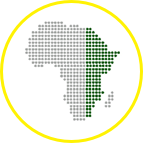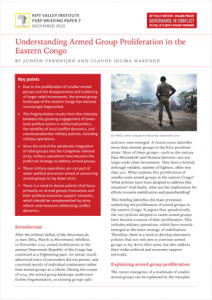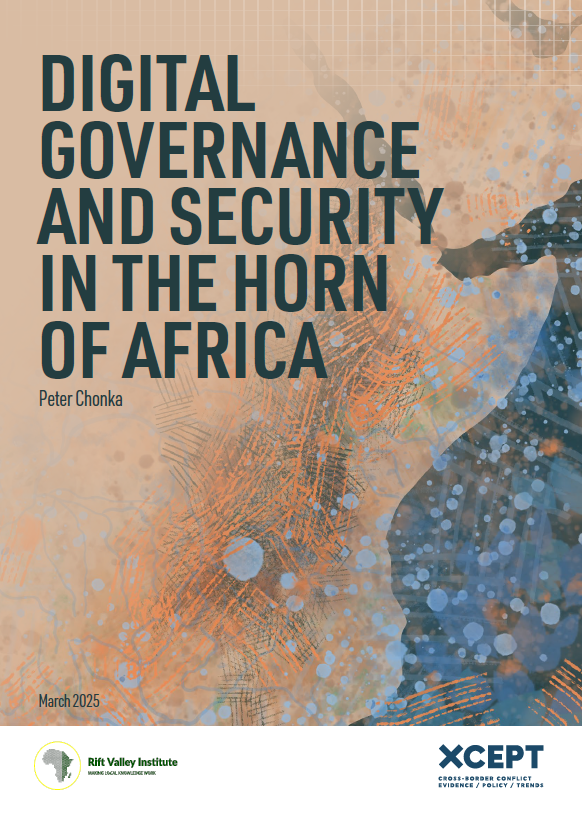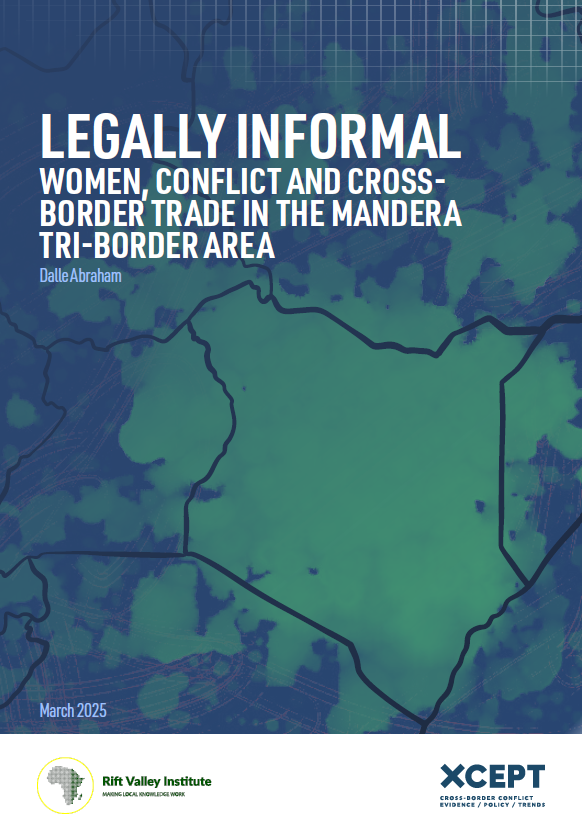After the military defeat of the Mouvement du 23 mars (M23, March 23 Movement) rebellion in November 2013, armed mobilization in the eastern DRC has continued at a frightening pace. An initial, much-advertized wave of surrenders did not persist, and consisted mostly of individual combatants rather than armed groups as a whole. During the course of 2014, the armed group landscape underwent further fragmentation, as existing groups split and new ones emerged. A recent count identifies more than seventy groups in the Kivu provinces alone. Most of these groups—such as the various Raia Mutomboki and Nyatura factions—are not larger-scale rebel movements. They have a limited, although variable, number of fighters, often less than 300. What explains this proliferation of smaller-scale armed groups in the eastern Congo? What policies have been adopted to address this situation? And finally, what are the implications for efforts towards stabilization and peacebuilding?
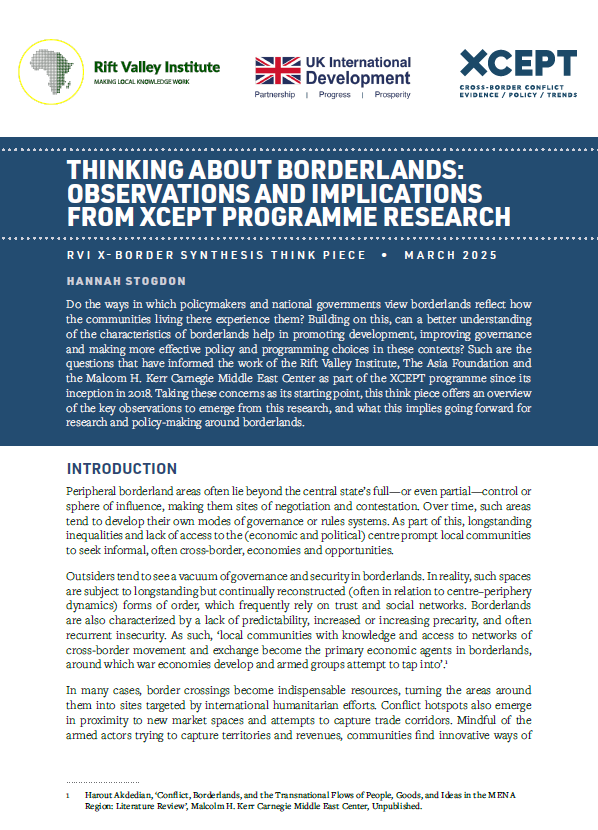
Thinking about Borderlands: Observations and implications from XCEPT programme research
Do the ways in which policymakers and national governments view borderlands reflect how the communities living there experience them? Building on this, can a better
